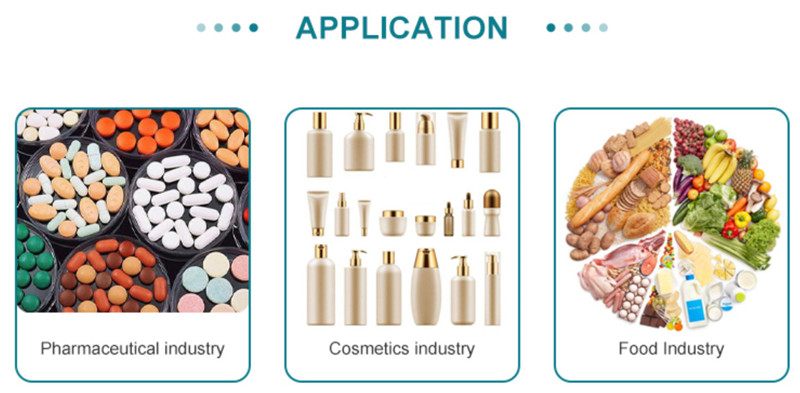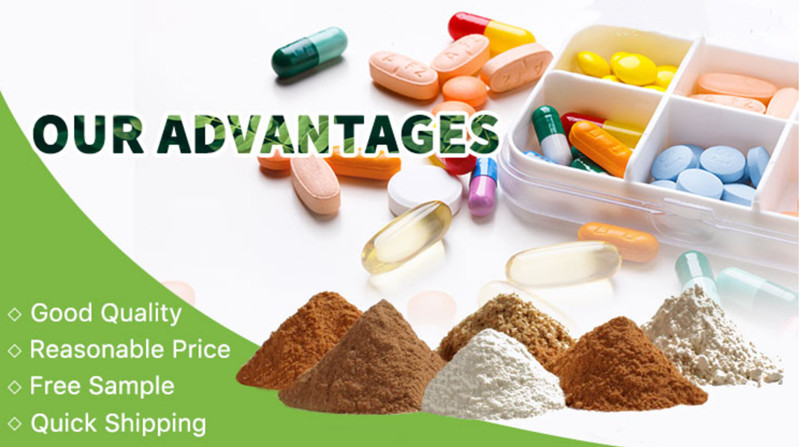Management points of flooded rice and paddy fields after heavy rain
I. Flooded rice
1. Strengthen water management: On the basis of the fact that floating mud in submerged rice fields has been immersed, fresh water is intermittently irrigated, which not only maintains the aeration of the soil, but also satisfies the water needs of rice seedlings, prompting more fresh roots at the upper nodes. If you encounter hot weather, it is necessary to properly retain the water layer.
2. Cleaning leaf surface: For paddy rice that has more sludge stuck to the flooded leaves, spray the leaves with fresh water to enhance the photosynthesis of the leaves.
3, see seedling supplement fertilizer: After flooding, rice field nutrient loss is more, and the root growth is affected, rice seedlings are weak, timely fertilizer. Fertilization should be determined according to the specific circumstances. Rice seedlings suffer from light fields, the amount of fertilizer can be less, rice seedlings are seriously damaged, and there are not enough rice seedlings and weak rice fields. The method is to prevent over-application of fertilizers once, resulting in fertilizer damage; it is better to use high-nitrogen compound fertilizers with quick effect.
4. Spraying foliar fertilizer: The foliar fertilizer has the characteristics of quick absorption, combined with spray spraying outside the root, spraying with high-efficiency ammonium nitrate compound fertilizer, potassium dihydrogen phosphate, urea, etc. The spray concentration is 0.3-0.5%. , spray 2-3 times.
Second, the general rice field
1. Drainage exposed field: Fields with sufficient seedlings should be drained immediately to control the occurrence of invalid tillers, increase the rate of spikes and population quality of stems, optimize population structure, and increase group permeability.
2, increase potassium fertilizer: Appropriate application of potassium fertilizer, not only can enhance the photosynthetic capacity of rice leaves, promote the transport of organic matter to the grain, improve grain weight and seed setting rate; but also can make stems and leaves grow robustly, reduce the invasion of bacteria.
3, chemical control: prevention and treatment of bacterial leaf blight can be used 20% Ye Kuning wettable powder 600-800 times, or 20% copper thiobacillus suspension 600-800 times; control sheath blight available 30% phenylpropan Emulsifiable concentrate 1500-2000 times; Use 75% Tricyclazole wettable powder 1500-2000 times solution, or 40% Inabasol Emulsion 800-1000 times solution, or 25% Prochloraz Emulsion 1000-1500 times to control rice blast. Liquid for prevention and treatment.
Kelp is rich in nutritions and multipl minerals.It make people full but diets. It is the most favorite choice of people with hypertension, hyperlipemia, hyperglycemia.
Extract from the natural plant of Laminaria Japonica which is light grey powder after the special extract processing.They are powder form with good color. It's mainly used for Medicine, cosmetic, food additive field as raw materials.It's very good for human health.
Kelp has anti-can-cer and anti-virus properties related to its antioxidant content and its ability to stimulate your immune system


Kelp Alginate Oligosaccharide,Alginate Oligosaccharide,Seaweed Extract,Kelp Extract For Plants
Shandong Haizhibao Ocean Science and Technology Co.,Ltd. , https://www.haizhibaoseafood.com